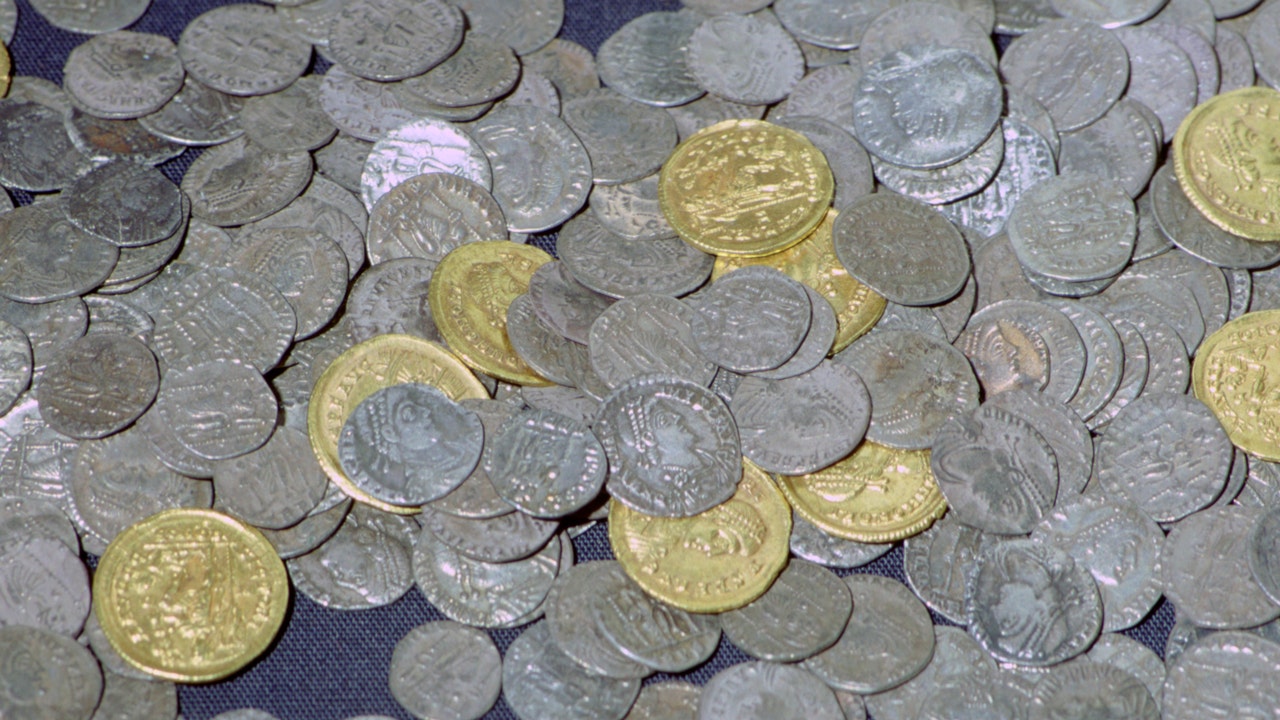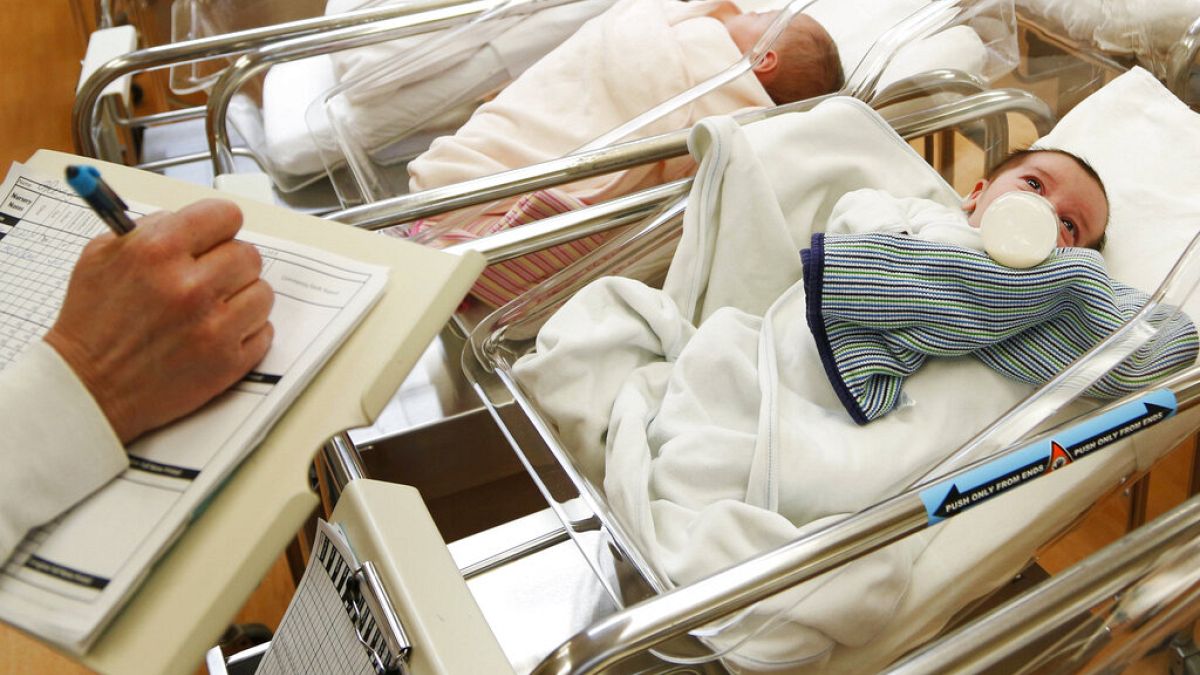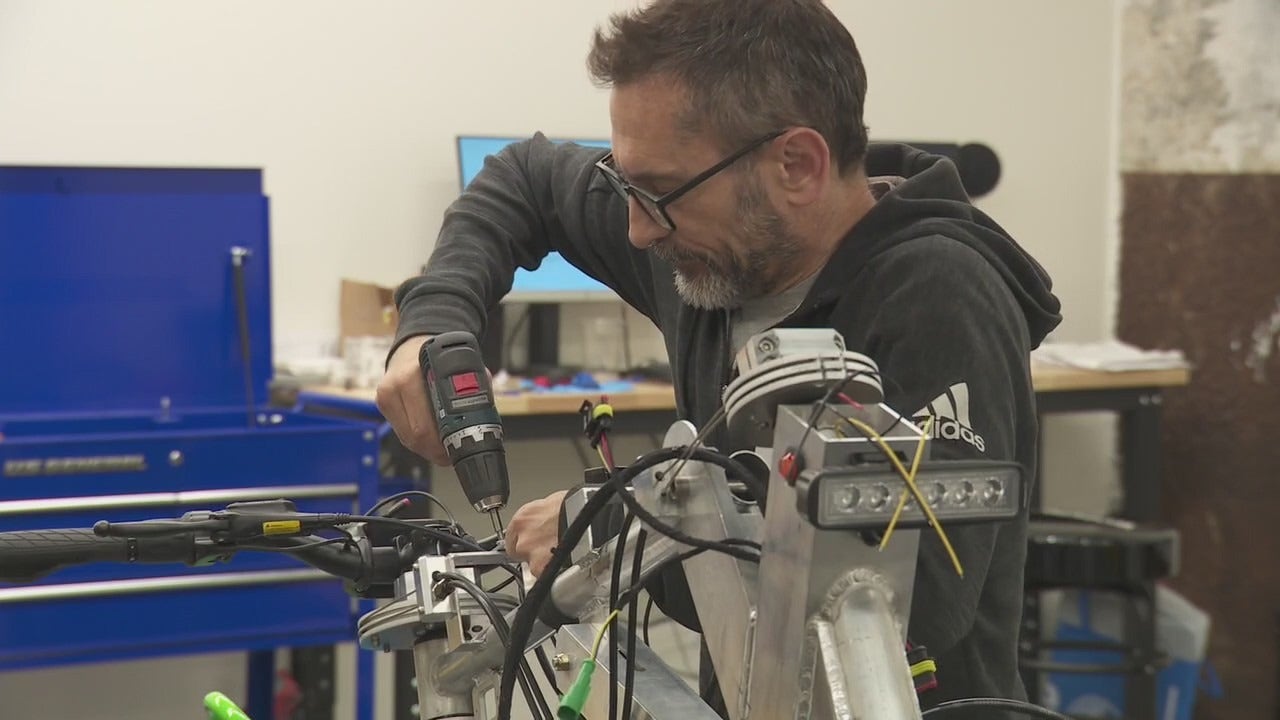World
Romania releases influencer Andrew Tate from house arrest awaiting trial

The self-described misogynist, who is charged with rape and human trafficking, will not be able to leave the country.
Andrew Tate, the divisive internet influencer who is charged in Romania with rape, human trafficking and forming a criminal gang to sexually exploit women, has won an appeal to be released from house arrest, according to his spokesperson.
Tate will not be able to leave the country despite Friday’s court ruling.
He also will not be allowed to be “in close proximity with any of the other defendants, any of the witnesses or any of the alleged victims and their immediate family”, his spokesperson, Mateea Petrescu, said in a statement.
“This positive outcome gives us confidence that more favorable developments are on the horizon,” Petrescu said.
The decision at the Bucharest Court of Appeal comes after prosecutors formally indicted the 36-year-old Tate in June along with his brother, Tristan, 34, and two Romanian women in the same case.
All four were arrested in late December near Bucharest and have denied the allegations against them.
The court’s decision says all four defendants will be subjected to geographical restrictions limiting them to the territories of Bucharest municipality and the nearby Ilfov county unless they get prior approval from a judge.
“After 10 months. 3 in jail, 7 at home. After 15 million euro of asset seizures. After an inditement based on nothing. The file was passed to a Judge who has ruled it weak and circumstantial. I have been released from house arrest but must remain within Romania,” a post on Andrew Tate’s X, formerly known as Twitter, read after Friday’s ruling.
If the defendants violate the terms of their judicial obligations, the court reading states, they can be returned to house arrest or preventive arrest.
The Tate brothers, who are dual United Kingdom and United States citizens, challenged a court’s July 18 decision to keep them under house arrest as the criminal case against them continues.
The brothers won an appeal in late March to be moved to house arrest after spending three months in a police detention facility.
Romania’s anti-organised crime agency, DIICOT, had requested in June that judges extend the house arrest measure after the agency filed its criminal investigation.
Huge online audience
Andrew Tate, who has been accused of peddling conspiracy theories online and has amassed 7.5 million X followers, has repeatedly claimed that prosecutors have no evidence against him and that there is a political conspiracy designed to silence him.
DIICOT alleges that the four defendants formed a criminal group in 2021 to “commit the crime of human trafficking” in Romania, as well as in the US and Britain.
Seven female victims in the case, DIICOT said, were lured with false pretences of love and transported to Romania, where the gang sexually exploited and subjected them to physical violence.
One defendant is accused of raping a woman twice in March 2022, according to the agency.
The women were allegedly controlled by “intimidation, constant surveillance” and claims they were in debt, prosecutors said.
Andrew Tate was previously banned from several prominent social media platforms for expressing hate speech and misogynistic comments, including that women should bear responsibility for being sexually assaulted.
Several women in Britain also are pursuing civil claims to obtain damages from Tate, alleging they were victims of sexual violence.

World
Reacher Gets Early Season 4 Renewal Ahead of Amazon Hit’s 2025 Return

ad
World
The history of the Hoxne Hoard, the largest collection of Roman treasure found in Britain

The Hoxne Hoard is one of Britain’s unique archaeological finds, not just by its value, but also by how it was found.
Various sources note the Hoxne Hoard as the largest hoard of Roman treasure ever found in Britain. The collection of treasures is heavily made up of gold and silver coins, though there are other objects, such as tableware and jewelry that were also found.
How this collection of ancient treasures was found adds to its uniqueness.
The Hoxne Hoard is primarily made up of coins. (CM Dixon/Print Collector/Getty Images)
SANXINGDUI RUINS WERE DISCOVERED ACCIDENTALLY BY A FARMER; HAS SINCE BEEN THE SITE OF OVER 60K RELICS
On Nov. 16, 1992, Eric Lawes was scouring a field in Hoxne village in Suffolk, not on the hunt for hidden treasure, but simply looking for a hammer that had been lost on the land.
Lawes was scanning the area with his metal detector, when he came across a small portion of the treasures within what would become the Hoxne Hoard.
After shoveling up some of the silver spoons and gold coins he found, he quickly reported his find to be properly excavated.
Lawes was awarded £1.75 million for his find, which he shared with the farmer who owned the land the treasures were discovered on, according to the Smithsonian Magazine.

While looking for a lost hammer with a metal detector, a man came across a find far bigger. This discovery later became known as the Hoxne Hoard. (iStock)
THE 4,000 ITEMS IN THE STAFFORDSHIRE HOARD MAKE IT THE LARGEST COLLECTION IN HISTORY OF ITS KIND
The very next day, the Suffolk County Council Archaeology Service (SCCAS) was on the scene, according to the World History Encyclopedia.
The gold and silver artifacts part of the Hoxne Hoard weigh around 60 pounds in total, according to Ancient Origins. There are around 15,000 Roman coins as part of the collection, per The British Museum, where many of the items are displayed today. The items were buried in the 5th century A.D.
Other unique finds include pieces of jewelry, like a body chain, six necklaces, three finger rings and gold bracelets, according to the source.

There were many pieces of jewelry found as part of the Hoxne Hoard, including gold bracelets. (CM Dixon/Print Collector/Getty Images)
MOM, SON DIG UP ANCIENT OBJECT OFTEN FOUND NEAR BURIAL GROUNDS WHILE GARDENING
Even though the Hoxne Hoard is heavily made up of coins, one of the best-known treasures that was found was the “Empress” pepper pot. This pot was one of four that were excavated from the site, according to The British Museum. The pepper pot is intricately formed to represent a woman.
Additionally, there were many tableware items that were part of the hoard, including a set of 19 spoons, in good condition, that were decorated with marine themes, according to The British Museum.
Archaeologists believe that the Hoxne Hoard was buried no later than 450 A.D., according to Ancient Origins.
At the end of the 4th century A.D., the western Roman Empire was in a place of uncertainty, with Roman soldiers exiting Britain, leaving citizens to fend for themselves.

One of the significant finds of the Hoxne Hoard is the pepper pot pictured above. (CM Dixon/Print Collector/Getty Images)
While experts have posed varying hypotheses as to why the hoard was buried, one common suggestion is that it was done for protection, with the intent of the owners collecting their precious items once again. In the case of the Hoxne Hoard, the items were never retrieved by their owners.
Today, the Hoxne Hoard is on display at the British Museum in London. The display contains many of the coins, jewelry and tableware, as well as Lawes’ hammer, which he was originally looking for when he stumbled upon the far more significant discovery.
World
Greece confronts disastrously low birth rate in Aegean Islands

At 1.3 babies per woman, Greece’s fertility rate is among Europe’s lowest — and well below the threshold for population growth.
Authorities in the Aegean Islands have warned that low birth rates spell disaster for their region.
Mayors from the islands expressed serious concerns during the 15th Congress of Small Islands in Milos, where they lamented the continuous downward trend of Greece’s births-to-deaths ratio and said the consequences were already visible in their communities.
A case in point is Agios Efstratios, a small island in the north Aegean with no more than 250 inhabitants.
‘’There are no girls on the island. Or at least there are no more than 2 women under 30 years old,” said Kostas Sinanis, the local mayor.
“The same goes for the boys. We need to search for the incentives that will bring the young boys and girls back to the island, the place where they were born and raised, to create their families. Unfortunately, we had one birth last year and another one three years ago.”
In 2022, Greece recorded its lowest number of births in 92 years — and this year, the country posted the second-largest population decrease in the EU.
Greece’s fertility rate is among the continent’s lowest at 1.3 babies per woman, well below the 2.5 needed for population growth. Economic forecasts indicate its workforce will fall by 50% by 2100, with its output shrinking by 31% over the same period.
Michalis Vlastarakis of the Eurobank Group warned that if nothing is done, disaster will follow.
‘’If we don’t do something, in about 25 years from now, in two decades, one-third of the population will be over 65 years old, and in 2050 we will be 2.5 million less”, said Vlastakaris.
“You don’t need to have studied finance to understand the consequences of these projections on economic indicators, GDP, the workforce, the insurance system, pensions, health, and education, even since there’re going to be fewer schools.’’
Greece’s family ministry said a few days ago that it plans to spend €20 billion through 2035 on incentives to halt the decline, including cash benefits and tax breaks.
The government already spends around €1 billion a year on pro-child measures — but like other European countries doing the same, it has seen little impact.
-
/cdn.vox-cdn.com/uploads/chorus_asset/file/25439572/VRG_TEC_Textless.jpg)
/cdn.vox-cdn.com/uploads/chorus_asset/file/25439572/VRG_TEC_Textless.jpg) Technology1 week ago
Technology1 week agoCharter will offer Peacock for free with some cable subscriptions next year
-

 World6 days ago
World6 days agoUkrainian stronghold Vuhledar falls to Russian offensive after two years of bombardment
-

 World7 days ago
World7 days agoWikiLeaks’ Julian Assange says he pleaded ‘guilty to journalism’ in order to be freed
-

 Technology6 days ago
Technology6 days agoBeware of fraudsters posing as government officials trying to steal your cash
-

 Health4 days ago
Health4 days agoHealth, happiness and helping others are vital parts of free and responsible society, Founding Fathers taught
-

 Virginia1 week ago
Virginia1 week agoStatus for Daniels and Green still uncertain for this week against Virginia Tech; Reuben done for season
-

 Sports5 days ago
Sports5 days agoFreddie Freeman says his ankle sprain is worst injury he's ever tried to play through
-

 News4 days ago
News4 days agoLebanon says 50 medics killed in past three days as Israel extends its bombardment

















